Structural Mechanics Blog Posts
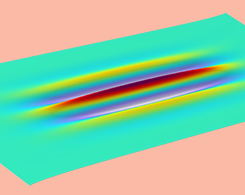
Modeling Wrinkling with COMSOL Multiphysics®
Wrinkling is important for space engineering, mechanical engineering, and bioengineering. See how to analyze the underlying mechanism of wrinkling with nonlinear structural materials modeling.
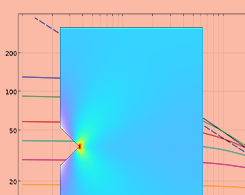
How Should I Evaluate Singular Stress Fields?
Explore the properties of singular stress fields and see some possible approaches for evaluating them in COMSOL Multiphysics®.
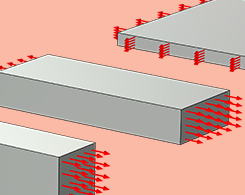
How to Estimate the Parameters of Nonlinear Material Models in COMSOL Multiphysics®
Learn how to estimate the parameters of nonlinear structural material models in COMSOL Multiphysics® through several model examples.
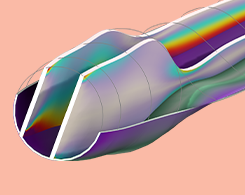
Introduction to the Composite Materials Module
Explore the Composite Materials Module, an add-on to COMSOL Multiphysics® that includes specialized functionality for modeling layered composite structures.
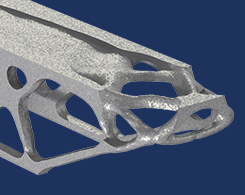
Maximizing Eigenfrequencies with Shape and Topology Optimization
Mechanical resonance can cause fatigue problems in machines. See how to mitigate unwanted resonance with shape and topology optimization.

The Physics of a Hopping Hoop
Have you heard of the hopping hoop? This problem has interested the minds of researchers and engineers for the last half-century. Let’s see how modeling can provide insight into this age-old case.
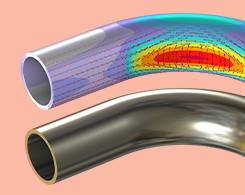
The Intriguing Stresses in Pipe Bends
Explore beam theory, the classical beam equations, and the various features in COMSOL Multiphysics for analyzing complex piping systems.
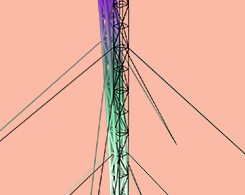
New Functionality for Buckling Analysis in COMSOL Multiphysics®
COMSOL Multiphysics® version 6.1 introduces functionality for handling a combination of fixed and varying loads in a buckling analysis. Get the details here.
